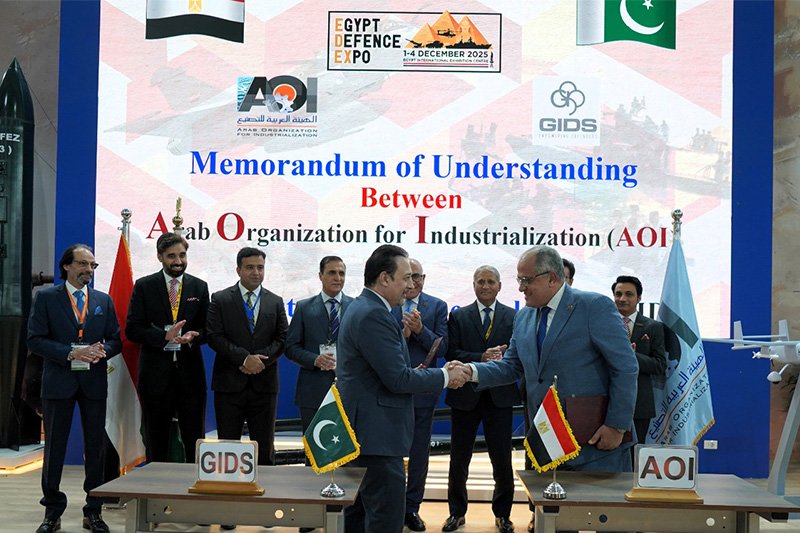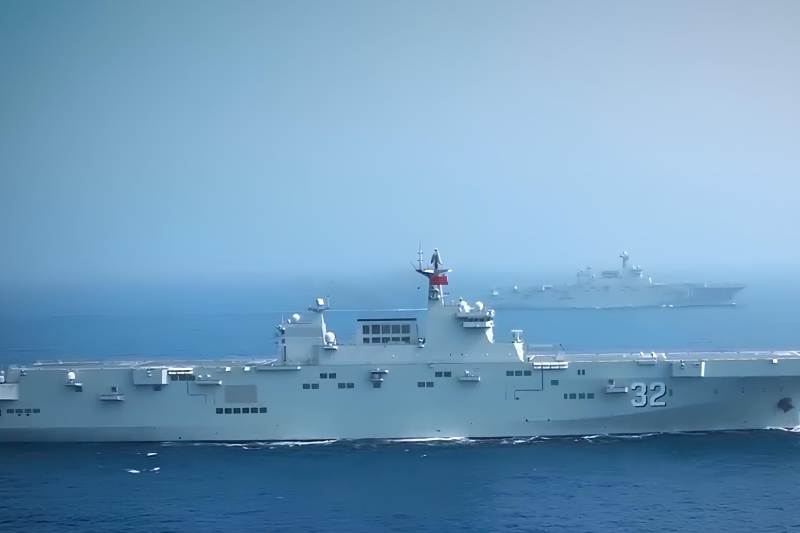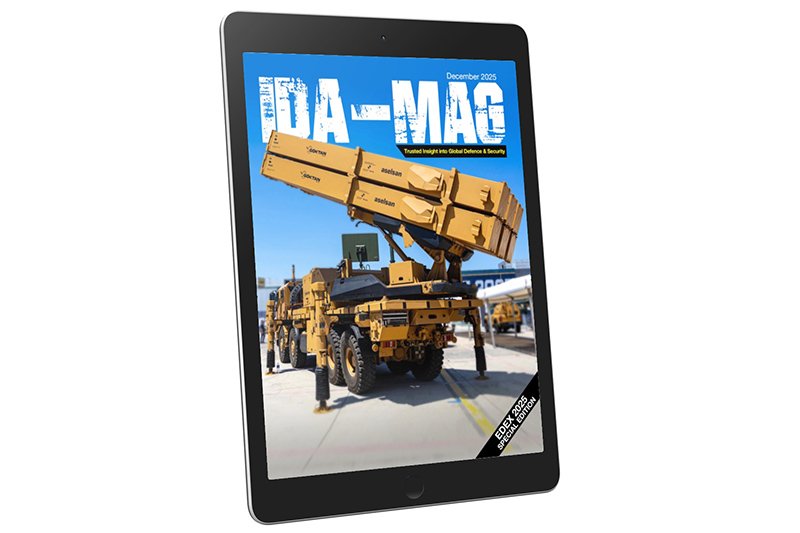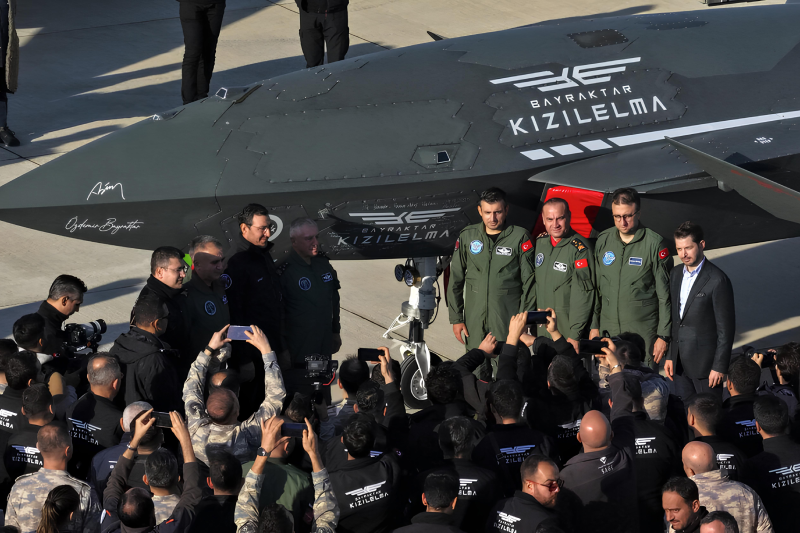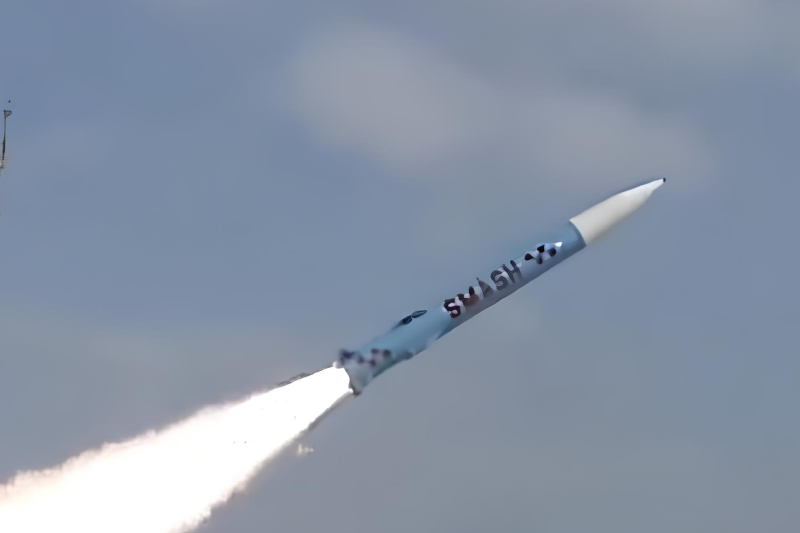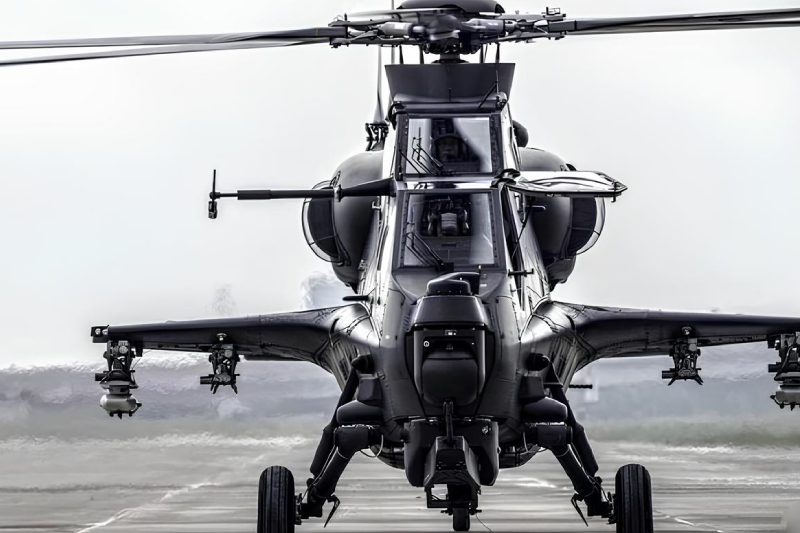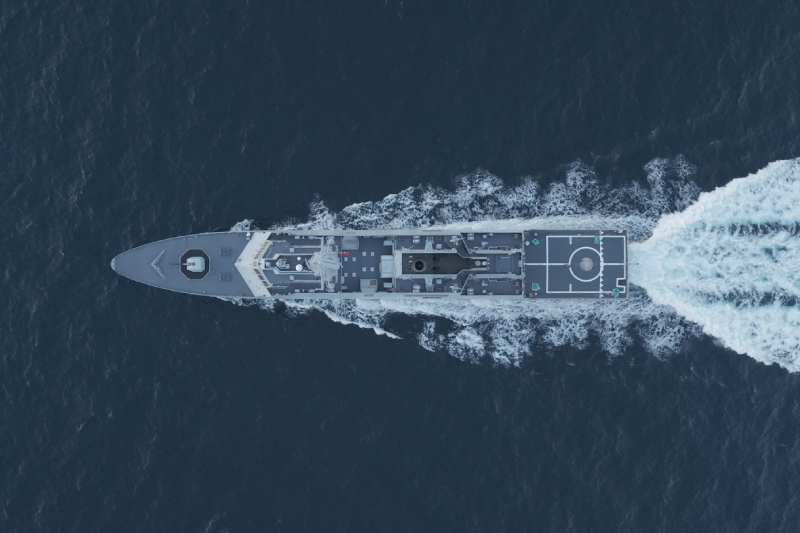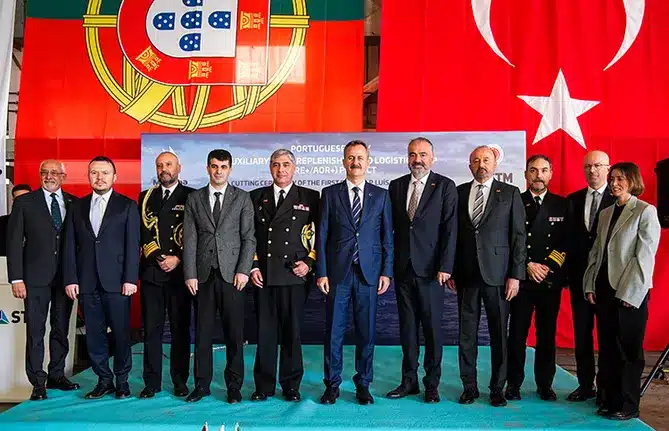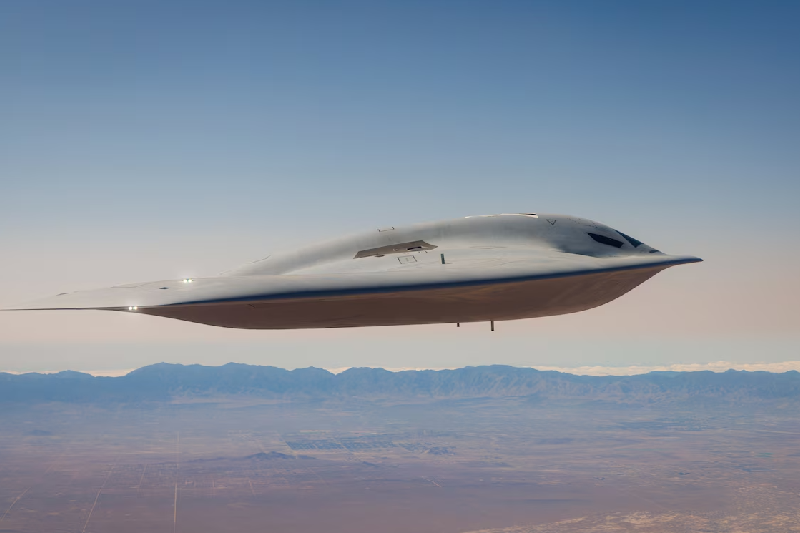US Air Force confirms delivery of second B-21 Raider to Edwards AFB
The United States Air Force has reached a pivotal milestone in its next-generation bomber program with the arrival of the second B-21 Raider test aircraft at Edwards Air Force Base, California, on September 11. This strategic development significantly enhances the Air Force’s testing capabilities for the revolutionary B-21 Raider stealth bomber, marking a crucial step toward operational deployment of America’s most advanced strategic aircraft.
Enhanced Testing Capabilities Drive Program Forward
The addition of the second B-21 Raider test aircraft fundamentally transforms the scope and pace of the flight test program. With two aircraft now operational at Edwards AFB, the Air Force can conduct simultaneous testing operations, dramatically accelerating the evaluation timeline for critical systems and components.
This expanded testing capacity enables engineers and test pilots to progress beyond basic flight performance assessments into sophisticated mission systems integration and weapons testing phases. The parallel testing approach reduces program risk while providing comprehensive data on aircraft performance across multiple operational scenarios.
Leadership Emphasizes Strategic Importance
Secretary of the Air Force Troy Meink highlighted the significance of this milestone, stating that the second B-21 Raider arrival provides substantial momentum to the flight test campaign. The expanded testing capabilities directly support the strategic deterrence mission and combat effectiveness requirements that define the aircraft’s operational objectives.
Air Force Chief of Staff General David Allvin emphasized how multiple test assets accelerate the path to fielding operational capabilities. This urgency reflects the Air Force’s commitment to modernization and the critical role the B-21 Raider plays in maintaining America’s strategic advantage.
Comprehensive Sustainment Training Opportunities
Beyond flight testing advantages, the presence of two B-21 Raider aircraft at Edwards AFB creates unprecedented opportunities for sustainment training. Air Force maintainers gain invaluable hands-on experience managing simultaneous aircraft operations, testing maintenance tools, technical documentation, and logistical processes.
This real-world training environment allows maintenance personnel to validate procedures and identify potential challenges before operational squadrons receive their aircraft. The experience gained from managing multiple aircraft simultaneously directly translates to improved operational readiness and mission effectiveness.
Infrastructure Development Accelerates Across Operating Bases
Fiscal year 2026 will witness extensive military construction projects at all three designated B-21 main operating bases. Ellsworth Air Force Base in South Dakota, designated as the first operational B-21 location, is already advancing rapidly on critical infrastructure development projects.
These construction efforts ensure that facilities, support systems, and operational infrastructure will be fully prepared when the first operational B-21 Raider aircraft arrive. The synchronized approach between testing advancement and infrastructure preparation demonstrates comprehensive program planning and execution.
Advanced Stealth Technology
The B-21 Raider represents the pinnacle of stealth bomber technology, designed to deliver both conventional and nuclear payloads against the most sophisticated enemy defenses. Developed through partnership with Northrop Grumman under Air Force Rapid Capabilities Office oversight, the aircraft incorporates cutting-edge materials, propulsion systems, and electronic warfare capabilities.
The bomber’s advanced stealth characteristics enable penetration of heavily defended airspace while maintaining the element of surprise. These capabilities ensure the B-21 Raider can execute strategic missions in contested environments where legacy aircraft face significant operational limitations.
Mission Systems Integration Reaches Critical Phase
With two test aircraft operational, the B-21 program can now focus intensively on mission systems integration testing. This phase validates the complex interactions between navigation systems, communication equipment, defensive systems, and weapons delivery mechanisms.
Mission systems testing requires extensive flight hours and varied operational scenarios to ensure all systems function seamlessly under diverse conditions. The availability of two aircraft allows simultaneous testing of different system configurations, significantly reducing the time required to achieve full operational capability.
Strategic Deterrence Mission Requirements
The B-21 Raider’s development directly supports America’s nuclear modernization strategy and strategic deterrence mission requirements. The aircraft’s ability to deliver nuclear payloads ensures continuity of strategic deterrent capabilities as older bomber platforms approach retirement.
Conventional payload capabilities provide theater commanders with flexible strike options against high-value targets in contested environments. This dual-role capability maximizes the aircraft’s strategic value while providing operational commanders with unprecedented tactical flexibility.
Production Schedule
The B-21 program continues executing comprehensive flight testing and ground testing campaigns while maintaining low-rate initial production schedules. The addition of the second test aircraft supports accelerated evaluation timelines without compromising safety or system validation requirements.
Concurrent testing, infrastructure development, and production activities demonstrate the Air Force’s commitment to rapid capability delivery. This integrated approach ensures operational squadrons receive fully tested, supported, and infrastructure-ready aircraft systems.
Also read this: US Army Deploys Typhon Missile System to Japan for First Time
Future Operational Impact
The successful integration of the second B-21 Raider test aircraft at Edwards AFB represents more than a program milestone it signifies America’s commitment to maintaining strategic superiority through technological advancement. The accelerated testing capabilities directly translate to faster operational deployment and enhanced national security capabilities.
As the program progresses toward initial operational capability, the lessons learned from dual-aircraft testing operations will inform training procedures, maintenance protocols, and operational doctrines that define future B-21 Raider employment strategies.
Keep connected with us at Facebook, Twitter, YouTube, Instagram & TikTok for latest defense happening around the globe.
Discover more from International Defence Analysis
Subscribe to get the latest posts sent to your email.


